The Leica SL2-S Is a Photo/Video Powerhouse Packed With Pro-Quality Features
A camera Leica no other.
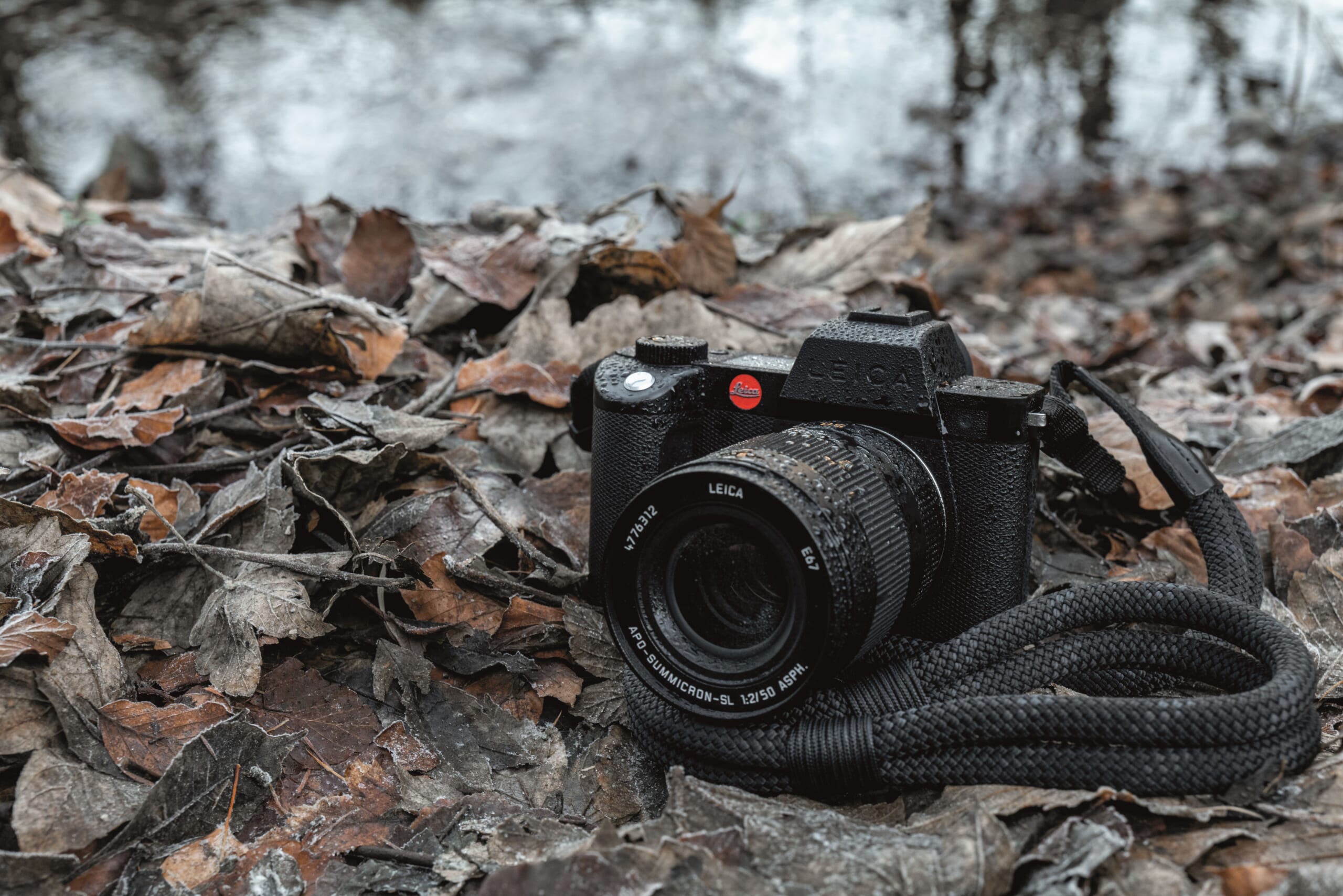
Design
Design and build quality are where the Leica SL2-S is hard to beat. The expedition-grade body is made in Germany, and is proudly labeled as such.
The blacked-out Leica lettering, the red badge and the metal shutter button against the matte-black, the subtle diamond-pattern on the front of the body and hand grip, and the simple, pared-down controls make this truly a thing of minimalist beauty. Overall, the elegant but tank-like body feels like every dime of the $4,995 that it costs.
To test the camera, I brought it on a trip to Savannah, Georgia. As the home of the Savannah College of Art and Design, there’s a lot of camera savvy design students in the city. And walking around with the SL2-S, especially with the massive 16-35mm 2.8 zoom lens, the Leica drew serious stares.
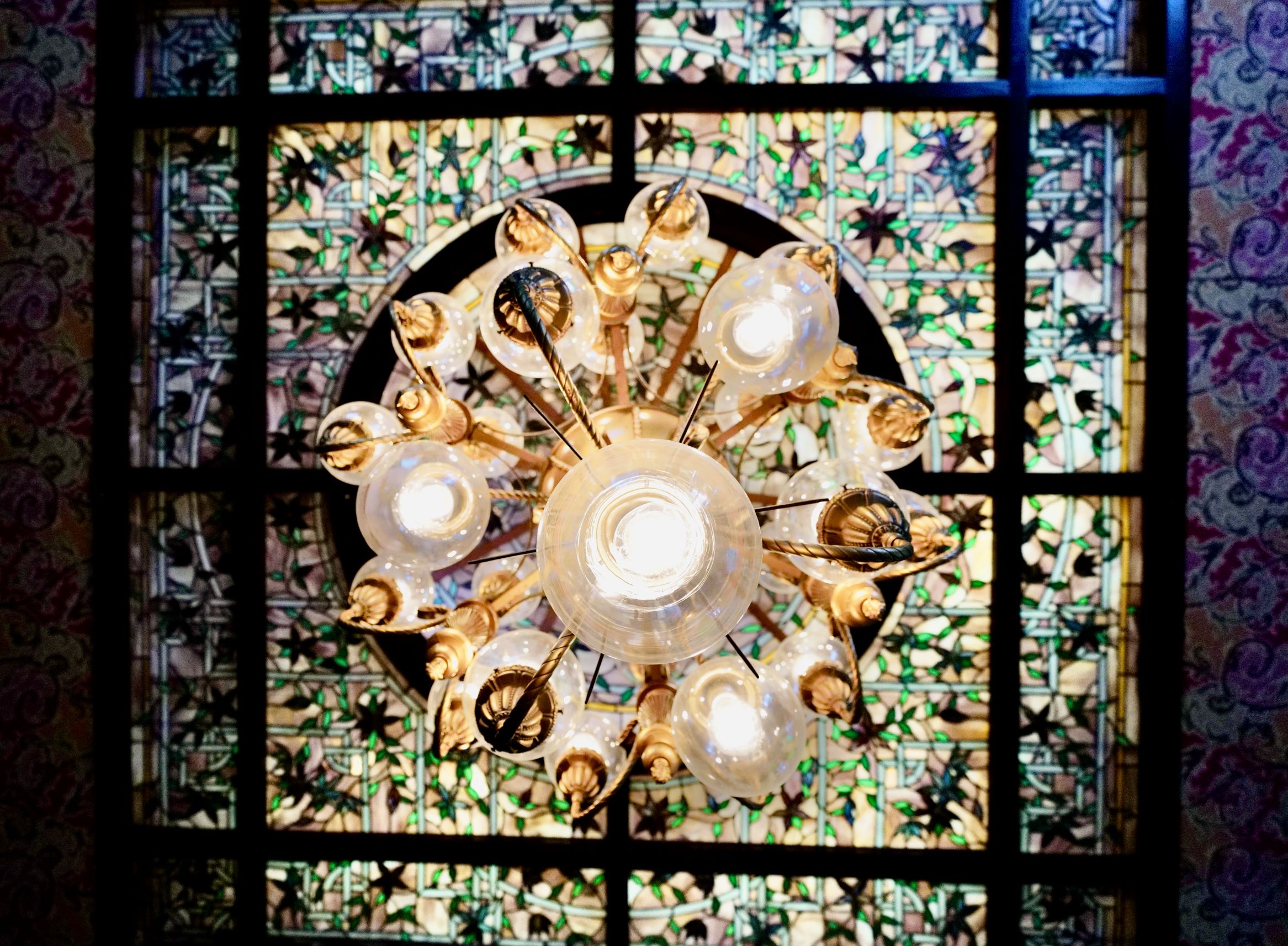
I don’t typically think of cameras as visual status symbols, but when you raise this beast to your eye to compose a shot, people make a point to step out of your frame to let you work. I had a similar experience taking it to a press junket at a trap shooting range, where everyone assumed I was a professional photographer. (Little did they know, I had it on automatic.)
Experience
The SL2-S is designed for the video and stills shooter. Which, in 2021, may not sound all that revolutionary. After all, we’re at a point in technology where it’s getting hard to find extreme contrasts in the performance of rival high-end cameras. At a certain point, the HD of our tech exceeds the HD of our eyeballs, and differences in processing speed is only measurable in milliseconds.
That said, here’s a little red meat for the spec scopers: the 24.6-megapixel sensor is excellent for stills and video without filling up your memory card too fast, though the SL2-S can record unlimited 10-bit 4k video at 60 frames-per-second without overheating.
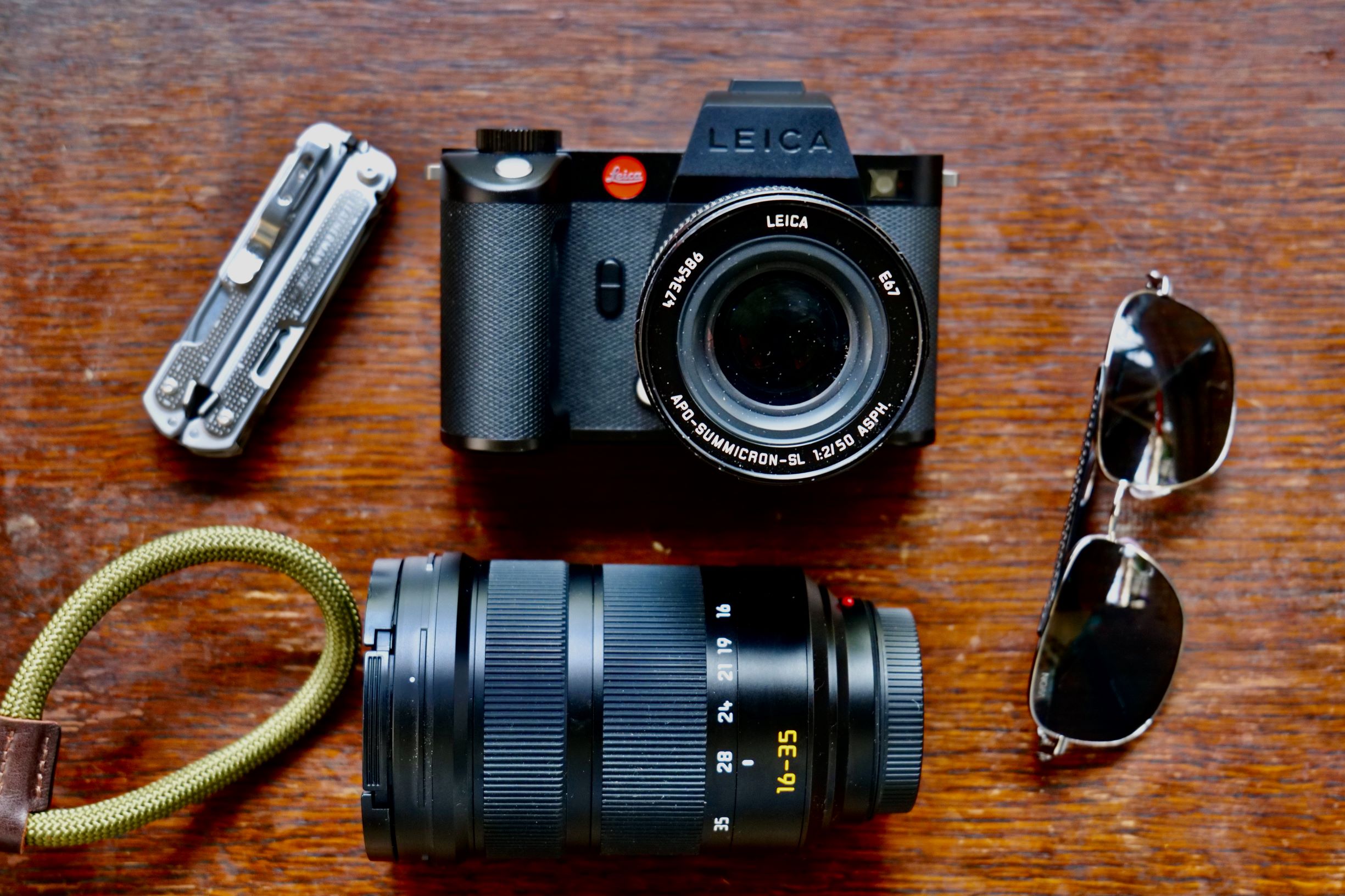
It has dual memory card slots for extended shooting or an emergency backup. The Maestro III processor can record 25 raw images per second, so you don’t have to skimp on quality if you’re shooting sports in rapid-fire bursts. The camera’s in-body stabilization gives you over 5 stops of extra light and helps with camera jitter during handheld video.
There’s also a multi-shot mode where the sensor will shift to take 8 overlapping shots and combine them for a 96-megapixel ultra-HD image. Despite all of the above, I still don’t think the best case for buying the SL2-S is made by such numbers, but by the experience of using it, and the feeling of owning it.
The SL2-S doesn’t have an articulating rear LCD screen, which may be an annoyance or even a deal-breaker to some, but I could see this being better for long-term durability. The screen is gorgeous, and this is not a selfie vlogging camera; if you’re shooting video with this, you’re shooting something you’re looking at on the other end of the lens.

I enjoyed the simple, intuitive menus and minimal buttons and dials. The viewfinder is extraordinary––bright, beautiful, and easy on the eyes, with a big eyecup to help you take it all in. The battery design is smart in that the base of the battery is part of the bottom of the camera. However, the spring mechanism didn’t work properly in the model I tested. I had to release the battery and then tap it with my finger to get it out, which felt like it shouldn’t be happening on a camera with as much design brainpower in it as this one.
I didn’t find the facial recognition to be particularly good, but an imminent new firmware update promises a totally new facial recognition algorithm. I still got the focus I wanted most of the time, but it seemed to take a while to get that it was pointed at a face, particularly when that face was masked.
I loved the pictures I took with this camera. I’m sure I was swayed a little by the red badge, but I did see a little extra Leica magic in the colors and sharpness. I was also shooting with Leica’s 50mm f/1.4 ($5,995) and 16-35 f/3.5-4.5 ($6,295) lenses––both as impressive as they are expensive.
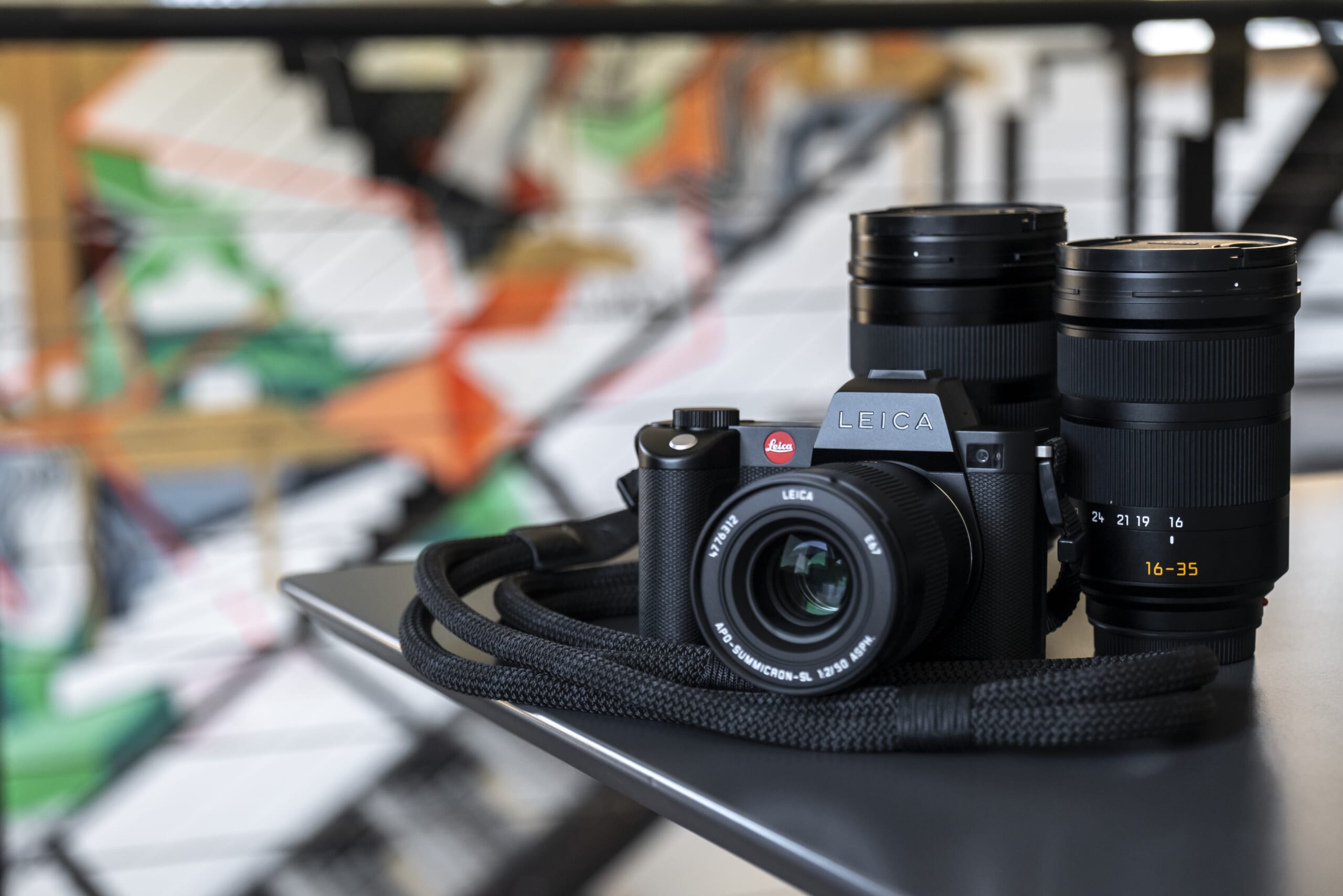
While Leica lenses are priced like second-hand sedans, you can use native-mount Panasonic lenses and third-party lenses, particularly Sigma’s excellent L-mount lenses, on the SL2-S. Not to mention the other Leica M, R, and S lenses and Leitz cine lenses that will fit with an adapter. The L-Mount Alliance a broad lens ecosystem to invest in, but this fact could also make the case for pairing Panasonic body with a Leica lens, which I’ll get to in a minute.
Final Thoughts
There are a lot of great options for hybrid video and stills shooters out there these days, and many that cost far less than the SL2-S. This is a camera you buy out of want more than need, in the same way that you can’t use “getting to the grocery store” as grounds for justifying a Porsche 911.
As someone who shoots more stills than video, if I had the money to spend on this body but not on Leica glass, I would buy Panasonic’s new Lumix S5 and splurge on a Leica lens. I have recently tested both cameras, and while the S5 isn’t in the same ballpark design-wise, I found the experience of using it to be snappier and with more precise autofocus––even if it’s not as powerful and lacks the stellar viewfinder.
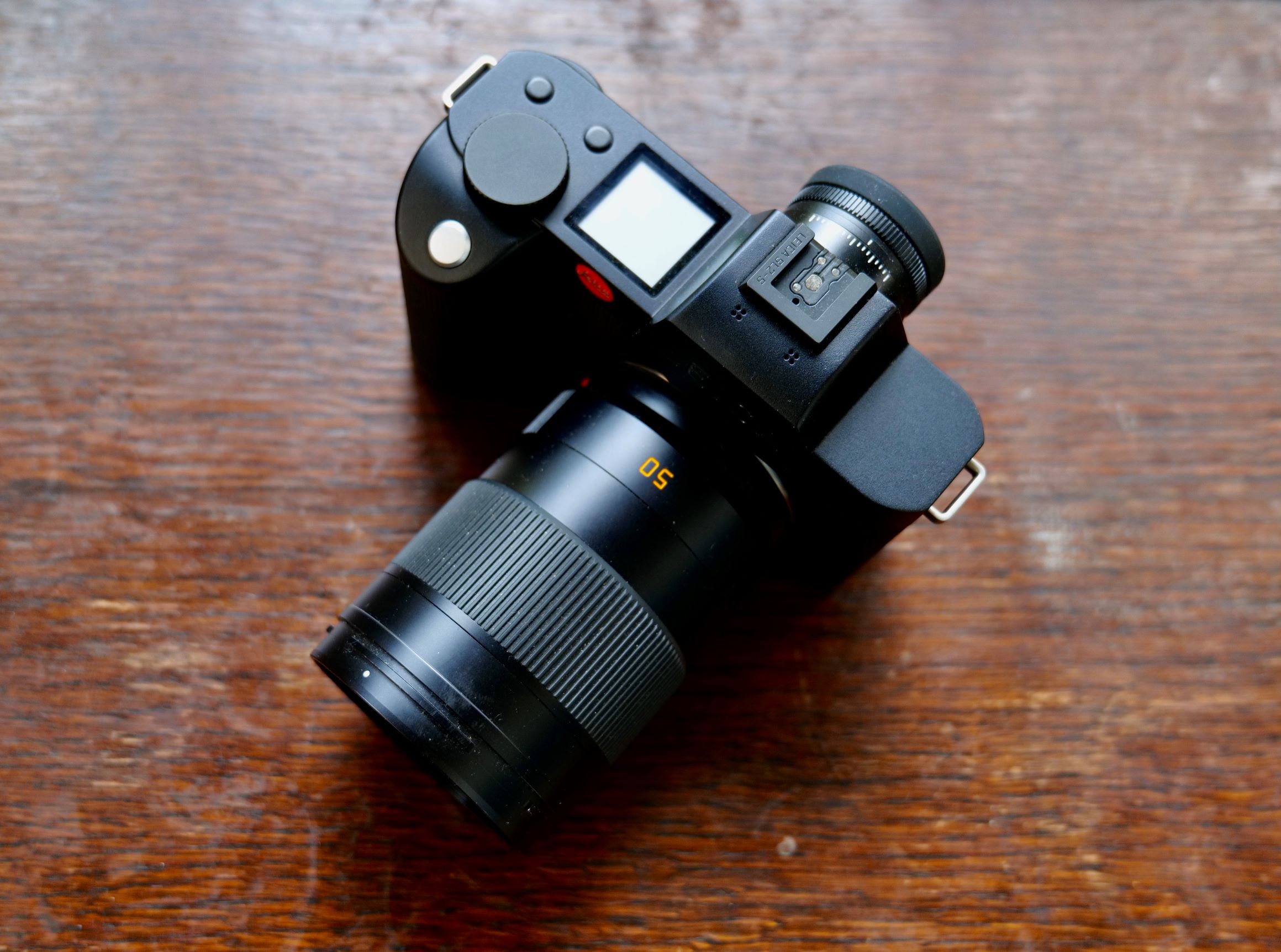
Because Panasonic makes the internals for Leica digital cameras, buying a Panasonic body with a Leica lens may be the “practical” way in, but at the end of the day, a Leica scratches an itch that no other camera can. Sure, other cameras will take pictures and shoot video just as well, but nothing feels like a Leica in the hand, and no other cameras capture a Leica’s physical and emotional presence.
Ultimately, you’re buying a Leica to buy a Leica, in the same way you buy a Rolex to buy a Rolex; it’s not about megapixels or milliseconds. You buy it because on a certain level, nothing else even comes close.
